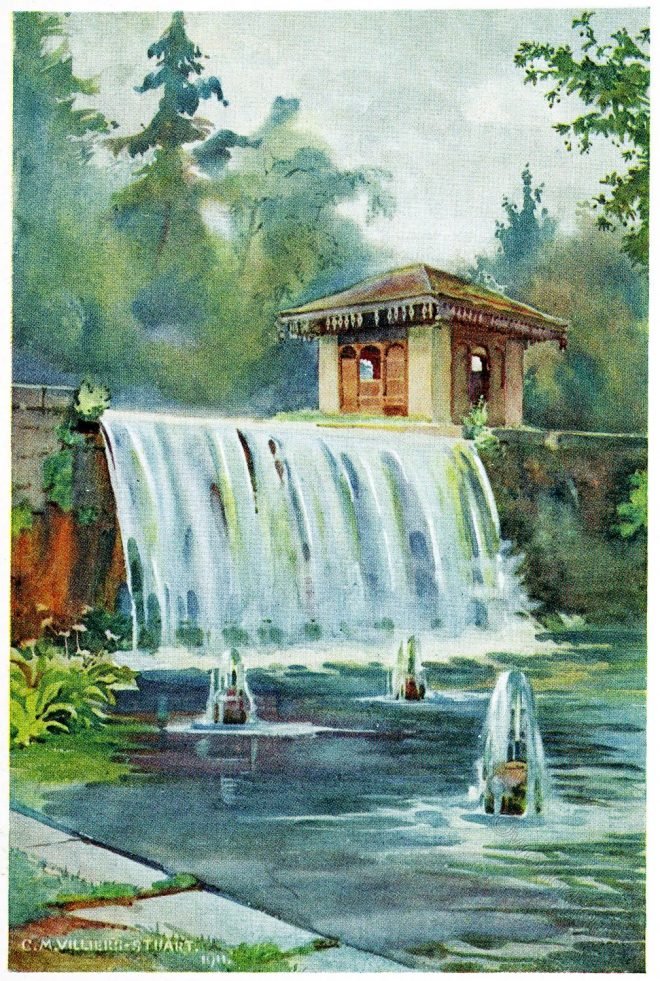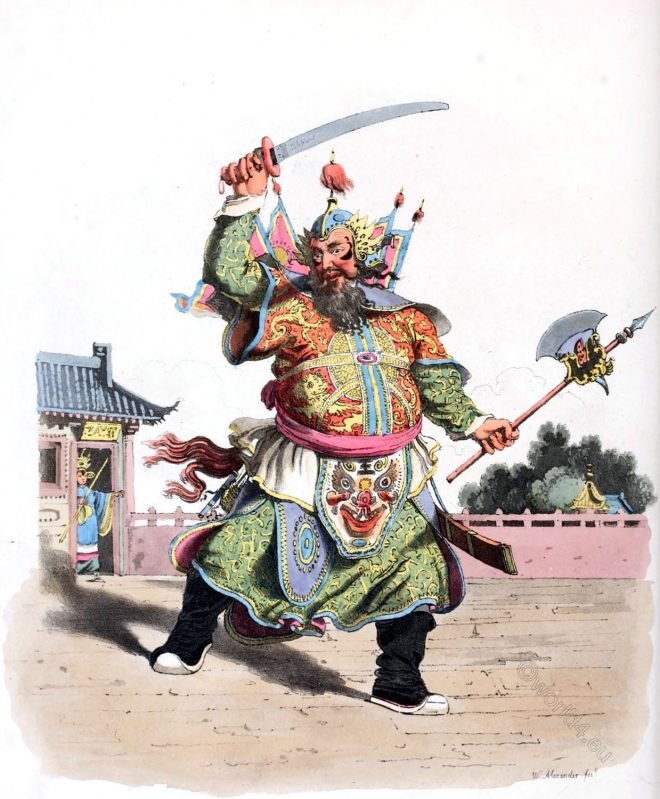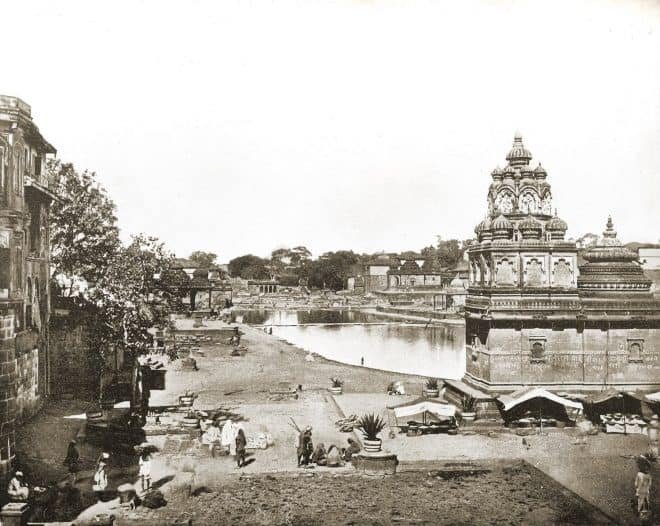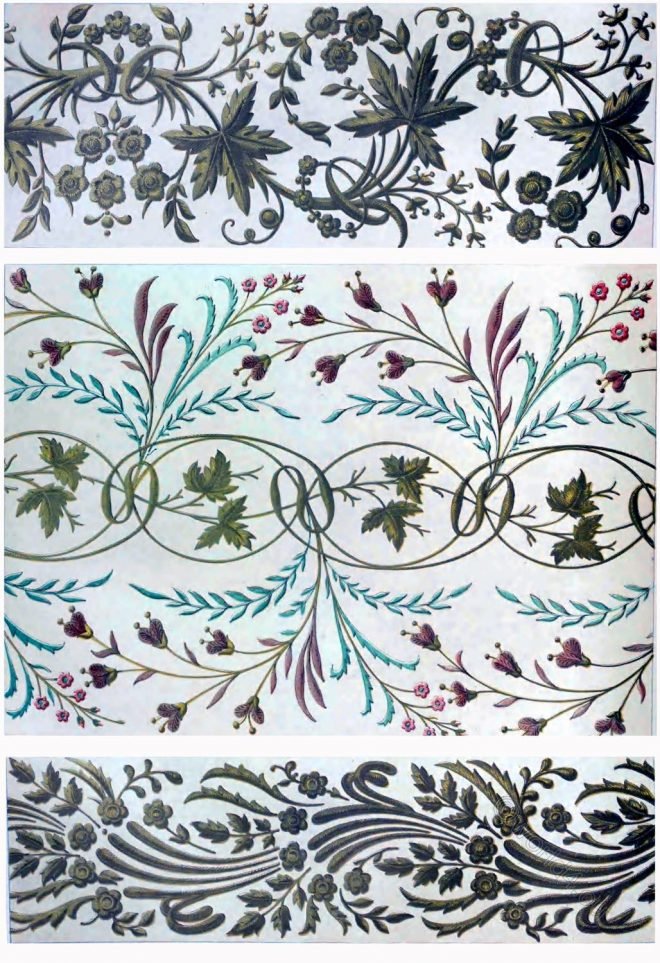Summer Gardens of Kashmir. Mughal garden of Dara Shikoh at Bijbihara. Dara Shukoh’s Album. Verinag Bagh of Anantnag. Amarnath pilgrims. Achibal Bagh.
Category: Asia
Costume and fashion history of Asia. Manners and Customs. Collected from rare sources.
A Chinese comedian who portrayed an enraged military officer
A sketch of a Chinese comedian performing his part before the the British Ambassador, December 19, 1793, at Canton.
Nashik in India is one of the most sacred of Hindu towns.
Through this city flows the sacred river, Godavari, second in sanctity only to the Ganges itself.
India Mughal aristocracy. The costume of ancient Mughal emperors.
The two figures shown here are of the Mogul aristocracy. Both men wear as their essential garment a peculiarly tailored coat called the “cabays”.
The traveling barge of Van-ta-zhin. Drawn by William Alexander, 1805.
The travelling Barge, of the Mandarin Van-tazhin, who attended the Embassy.
Specimens of Turkish embroidery. The silk goods of Turkey.
Sir Matthew Digby Wyatt (1820-1877) – Specimens of Turkish Embroidery – from the Industrial Arts of the Nineteenth Century (1851-1853).
Ojira, To Her Lover, poem from The Garden of Kama.
Ojira, To Her Lover, poem from The Garden of Kama and other love lyrics from India
Persian Shah Abbas or Ispahan Carpet in Vase design of the 17th century.
Among the few entire carpets of its kind known to exist is this vase design from South Persia, known by the names “Shah Abbas” and “Ispahan.”
A military Mandarine. Portrait of Van-ta-zhin 1805.
His boots are of satin, with thick soles of paper: these are always worn by the mandarines and superior Chinese.
Yerebatan Serail – The Subterranean Palace. Basilica Cistern, Istanbul.
Constantinople and its environs. The “Subterranean Palace” still remains a cistern filled with water.










